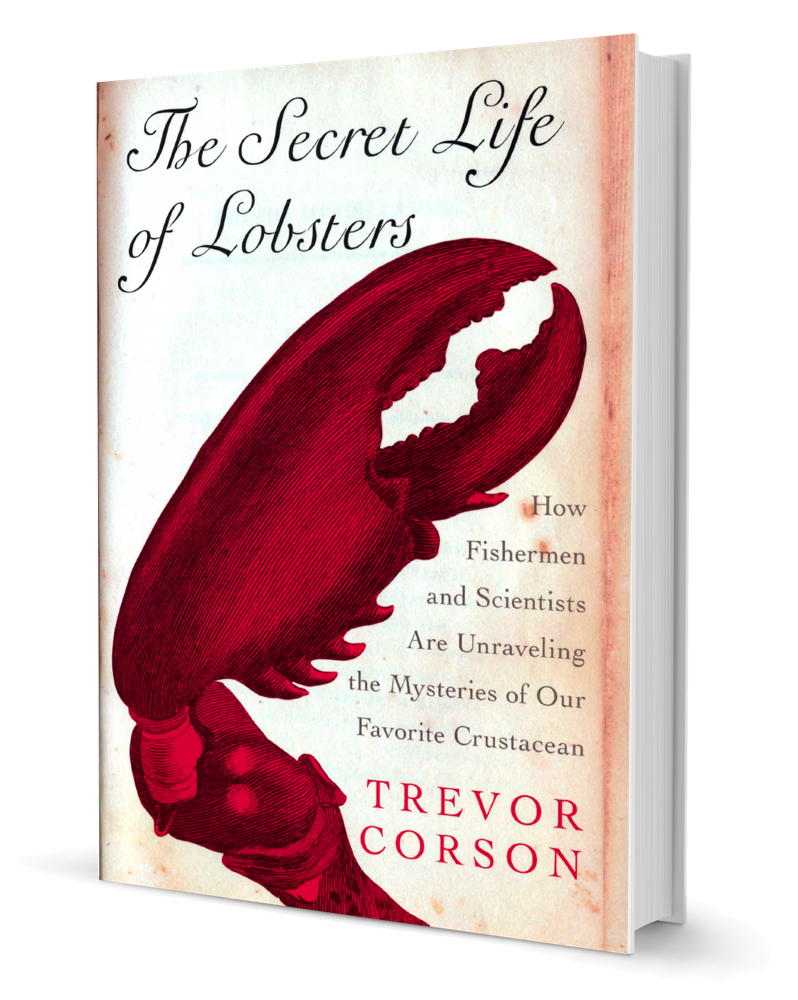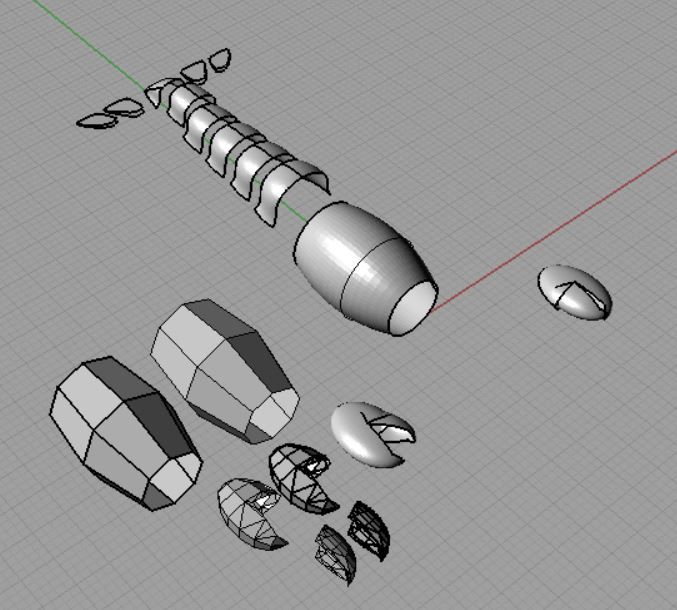
I've got a lot on my plate these days, including this low Poly Lobster project! "Why?" You may ask. An excellent question! I just so happen to (randomly) be reading a book about the little creatures called "The Secret Life of Lobsters" by Trevor Corson. It's a fascinating read filled interesting lobster facts woven into a portrait of the Maine the Lobster catching community. For instance, did you know that Lobsters pee out of their face as a form of communication? One of the things I find compelling about the book is that it takes a narrative (and amusing) style following many characters. I can't quite decipher to what extent the story is grounded in real events and to what extent they are fictionalized. Perhaps I'll discover by the end of the book. Nonetheless it is a fascinating portrait of the world of the lobster.
Though I've never eater lobster, and live nowhere near the New England lobster catching world, I've decided to make a digital model of a lobster. It's also a great chance for me to brush up my Rhino skills, which have sat on the shelf for a time.

The challenge I've set for myself is to ultimately create a physical, articulated lobster model. I think it'd be extra fun to unroll the 3D model, make a template, and construct it out of paper.


It's also quite useful to keep the eventual paper construction in mind as I model. I'm breaking the lobster down into discrete pieces and modeling each geometry separate. Most of my time has been spent working on the shell pieces, with plans to tackle the details like antennae and legs later. In order to to approximate the complex curvature of organic forms, I'm breaking the lobster down to a low poly "resolution." You can see below how even a low poly claw can get quite complex when unrolled, so I'm constantly checking the final layout to see if what I'm doing will work.